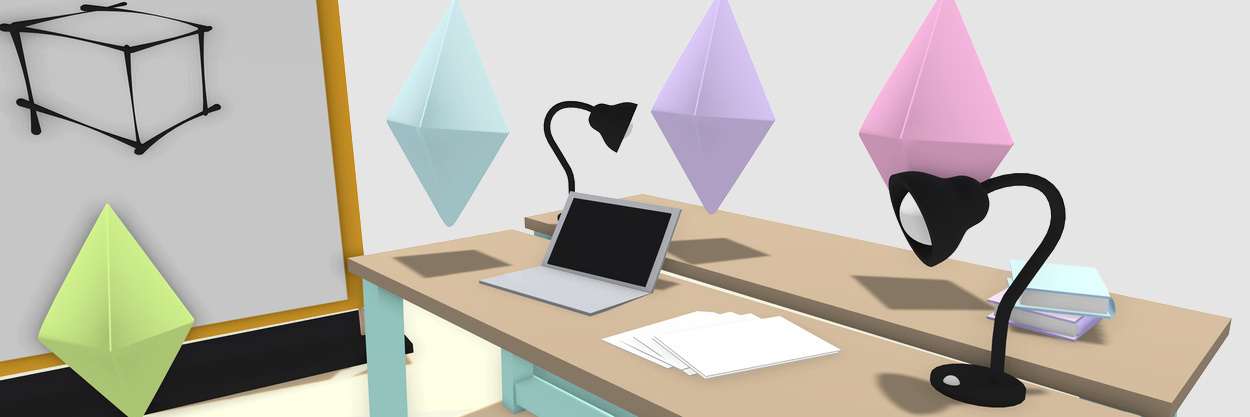
Taste Museum
Spring 2019
2 Weeks
This project is a protoype of a VR environment that seeks to communicate the complexities of someone’s taste by creating a metaphorical virtual museum full of various collections of items, books, etc.
Problem Space
I have this belief that taste is the glue that drives any creative person, making it crucial to have and grow and to see in future collaborators. Unfortunately, it seems to be extremely difficult to accurately depict.
Why VR
I chose to use the VR platform because I thought it was a beautiful way to create new realities/ environments that represent more abstract concepts rather than physical places or things. This ties into why I value VR as a platform.Someone trying out my project at my program's final show.
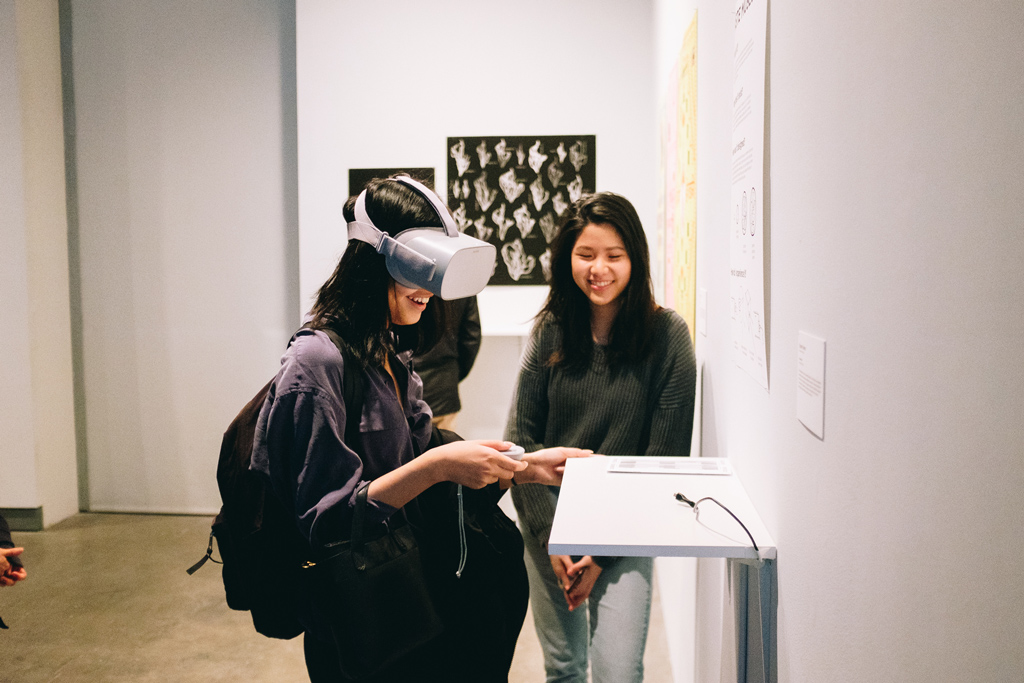
Metaphor
I wanted to create a “dynamic collection system,” where each item I find tasteful exists in a collection of collections, but each item can also be tied to items in other collections, adding a cohesion between all collections.Diagram of heiarchy of collections.
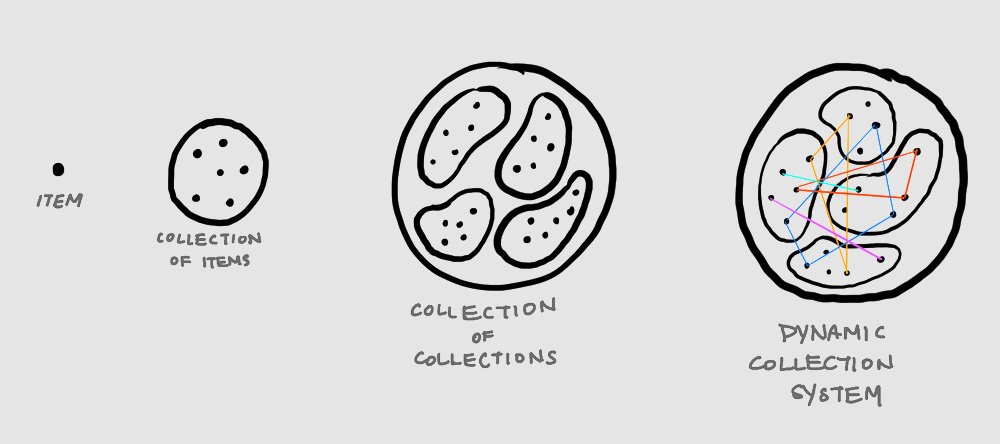
Environment
There was definitely some consideration when designing the spaces for each collection to live. I was asking myself questions like “what would a library for role models look like?” and “in what space would I most enjoy portraying my projects?” These were very roughly done in Gravity Sketch, as my timeframe for this project was 2 weeks.An overview of the environment in the prototype. Inspiration (maybe obviously) drawn from Disney's Inside Out.
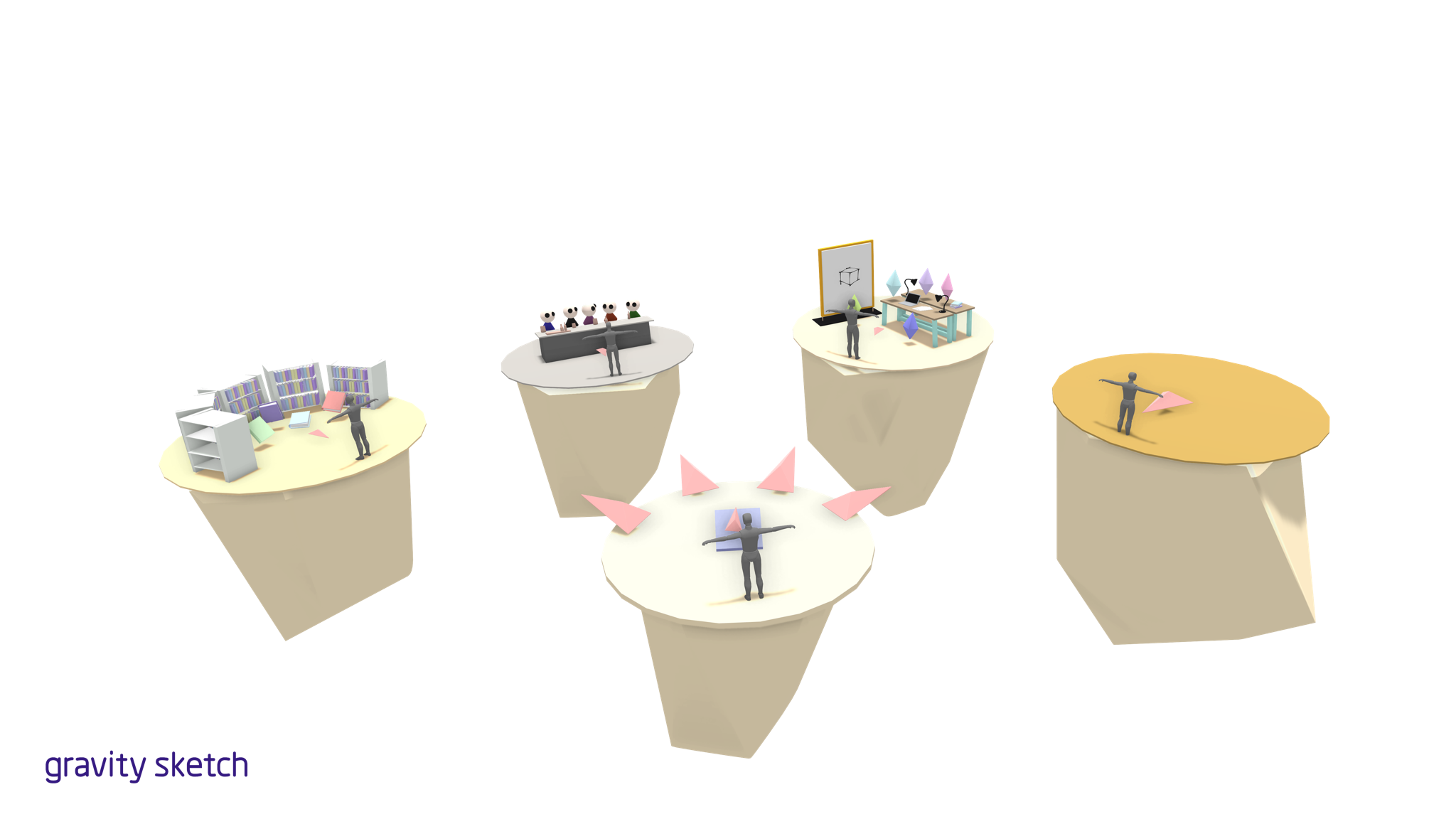
Details of some of the islands.
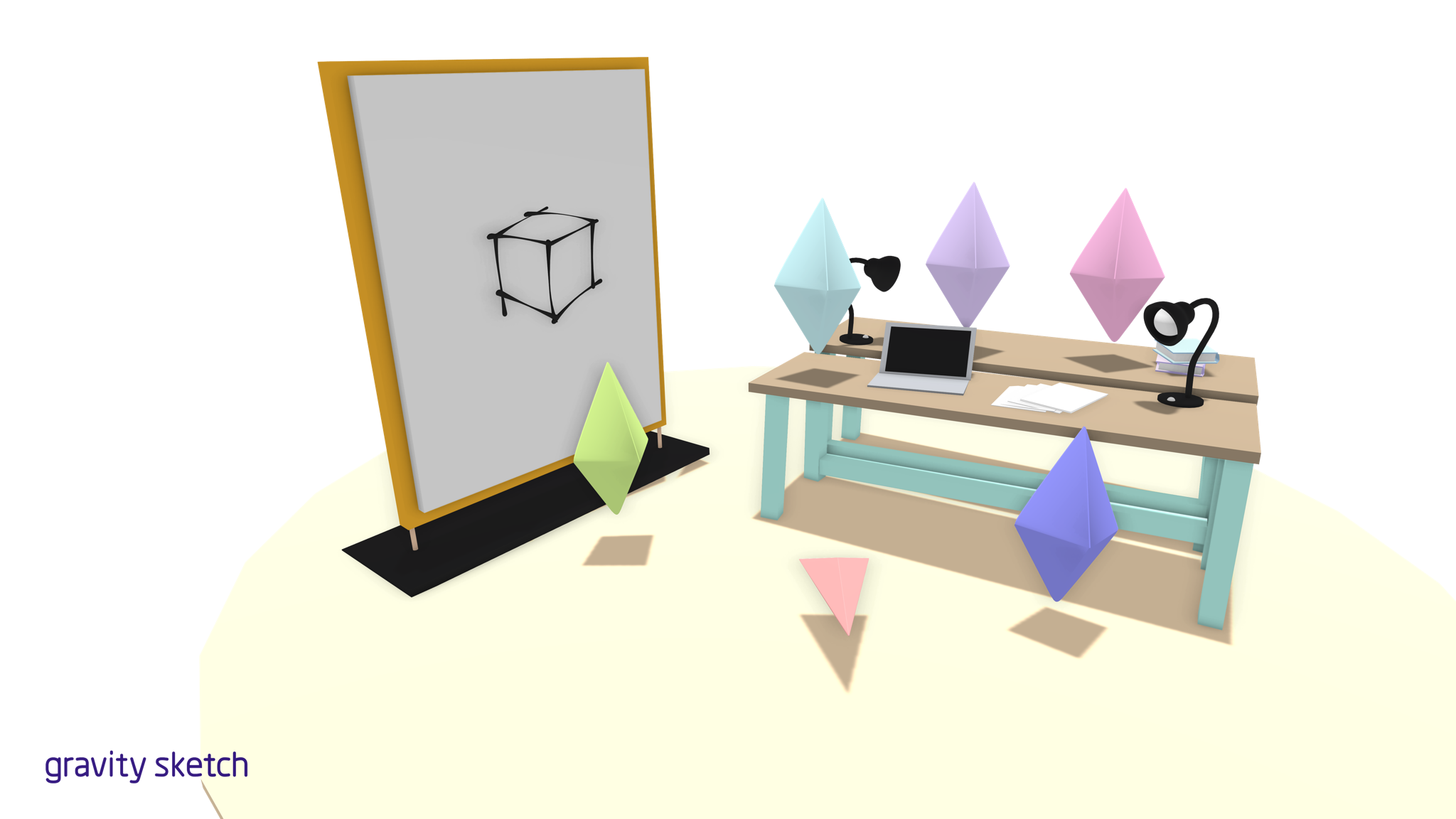
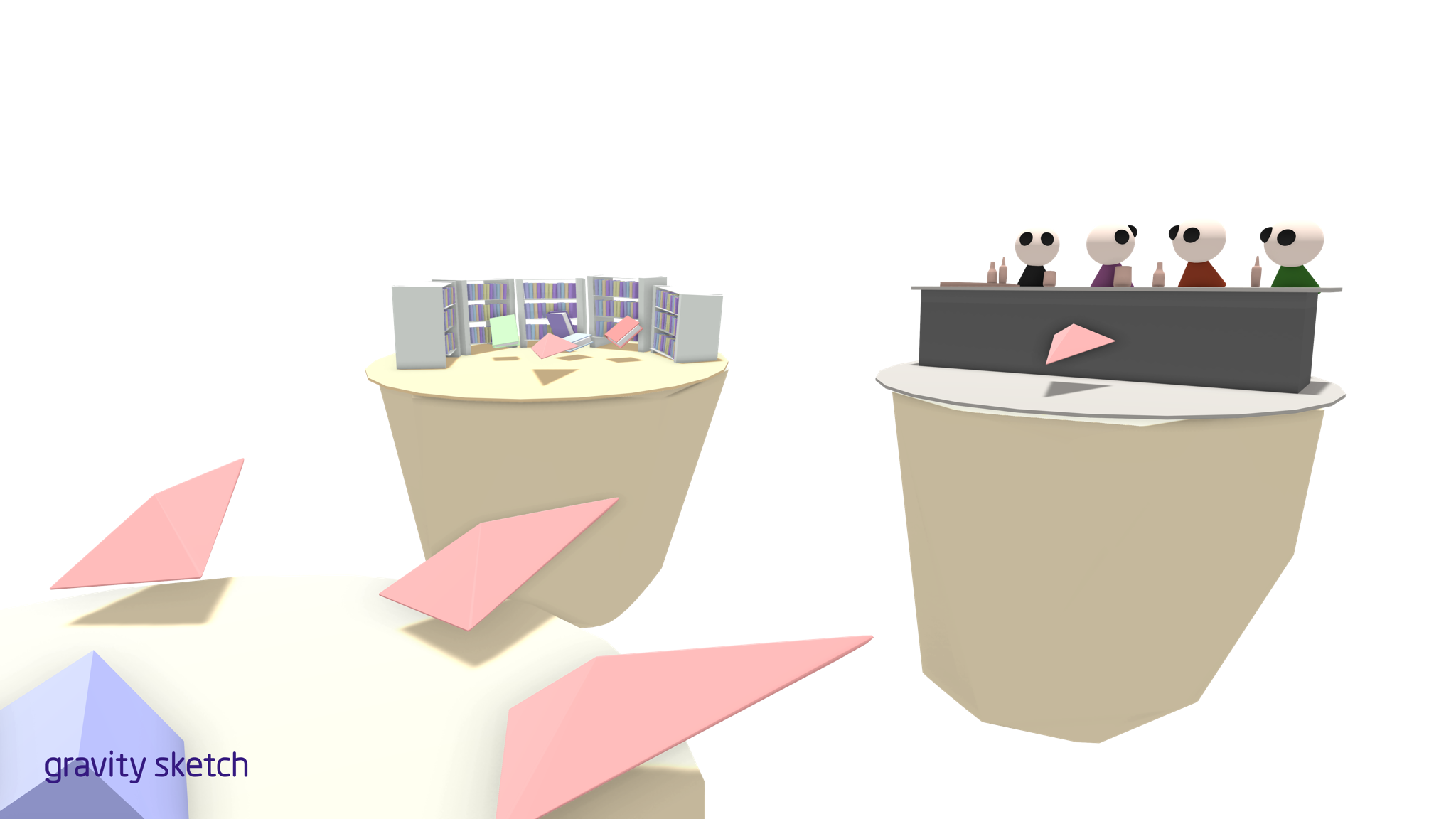
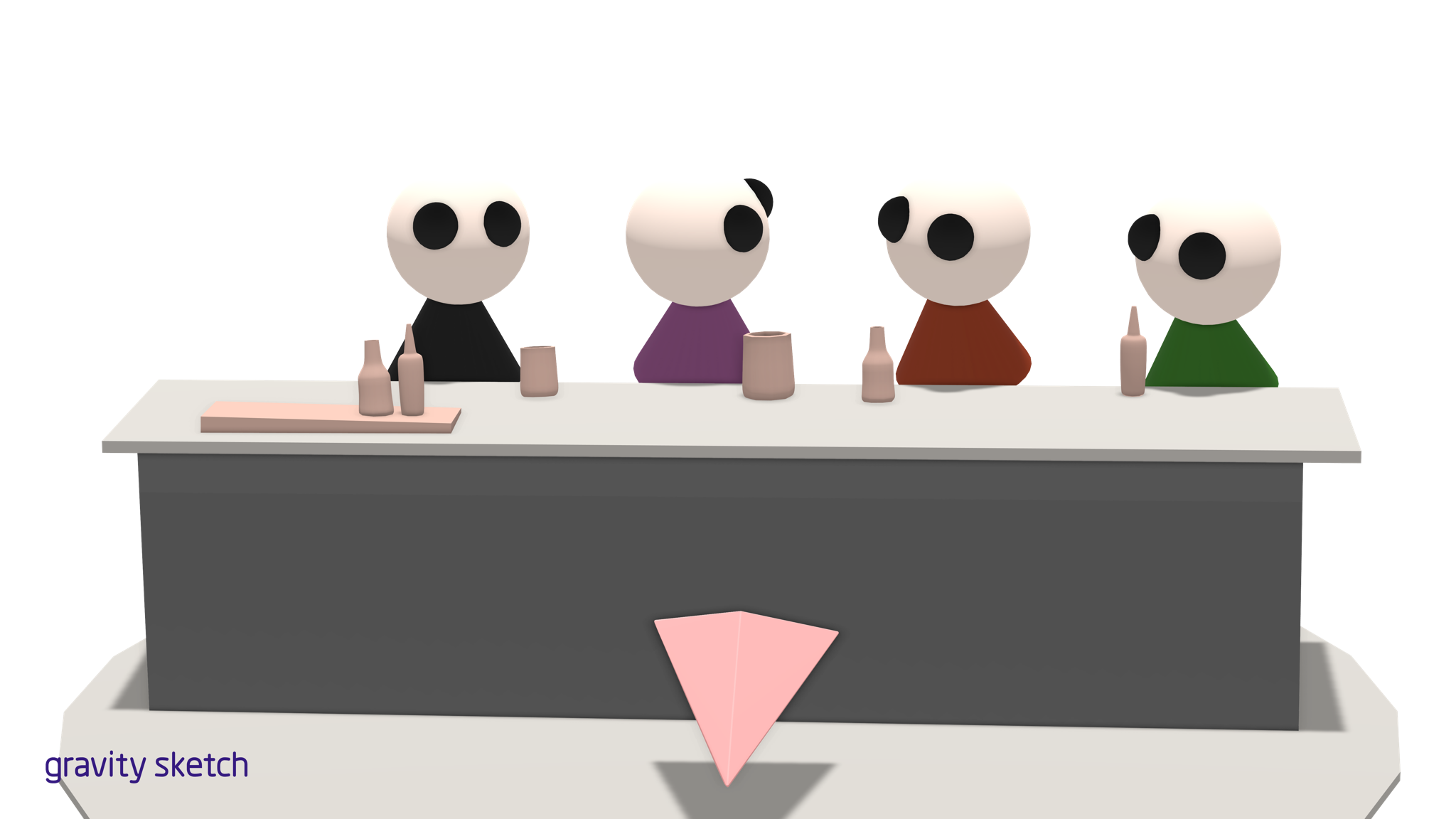
Interface
The interfaces were designed to communicate both the individual items as well as the ways in which they are related to other things in my space. The peripheral object were placed to give greater context and understanding!Highlighted view of a single item.
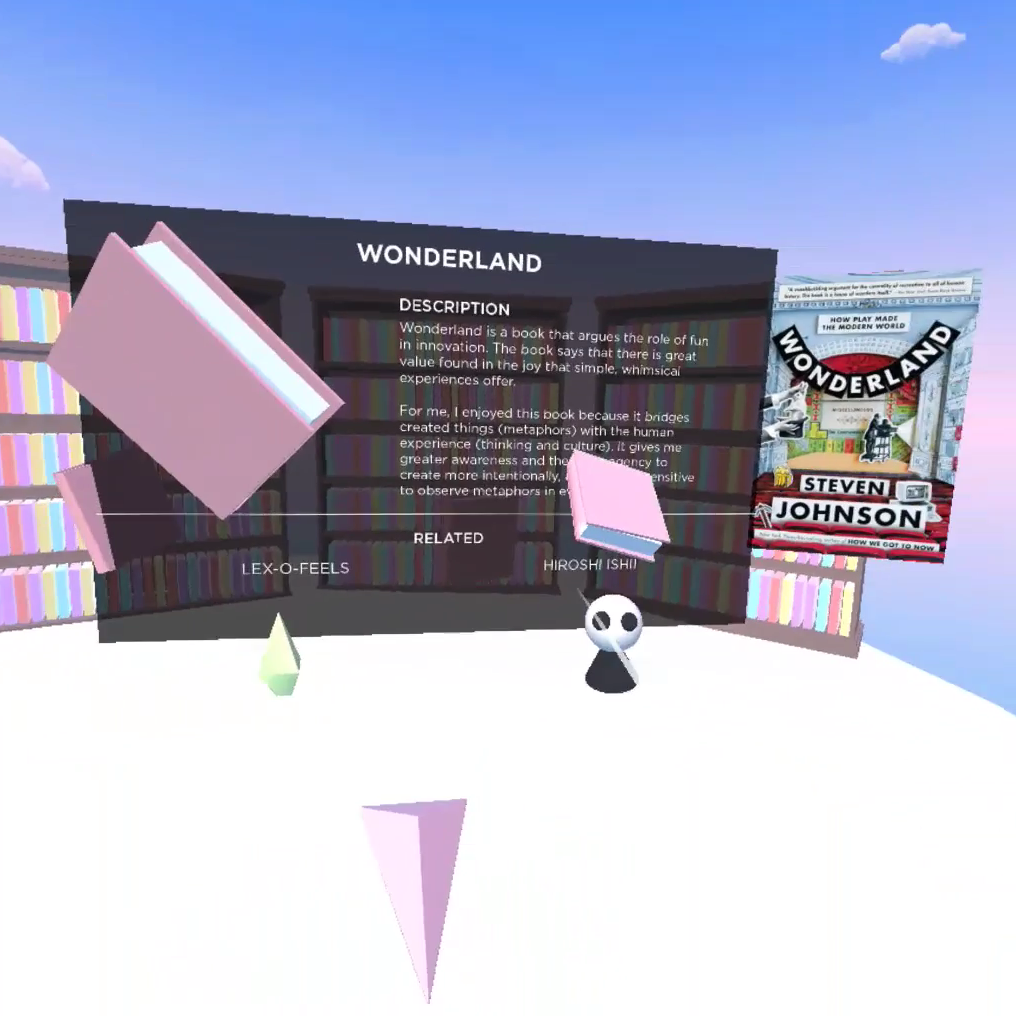
Comparative view of how seemingly disparate items relate to each other.
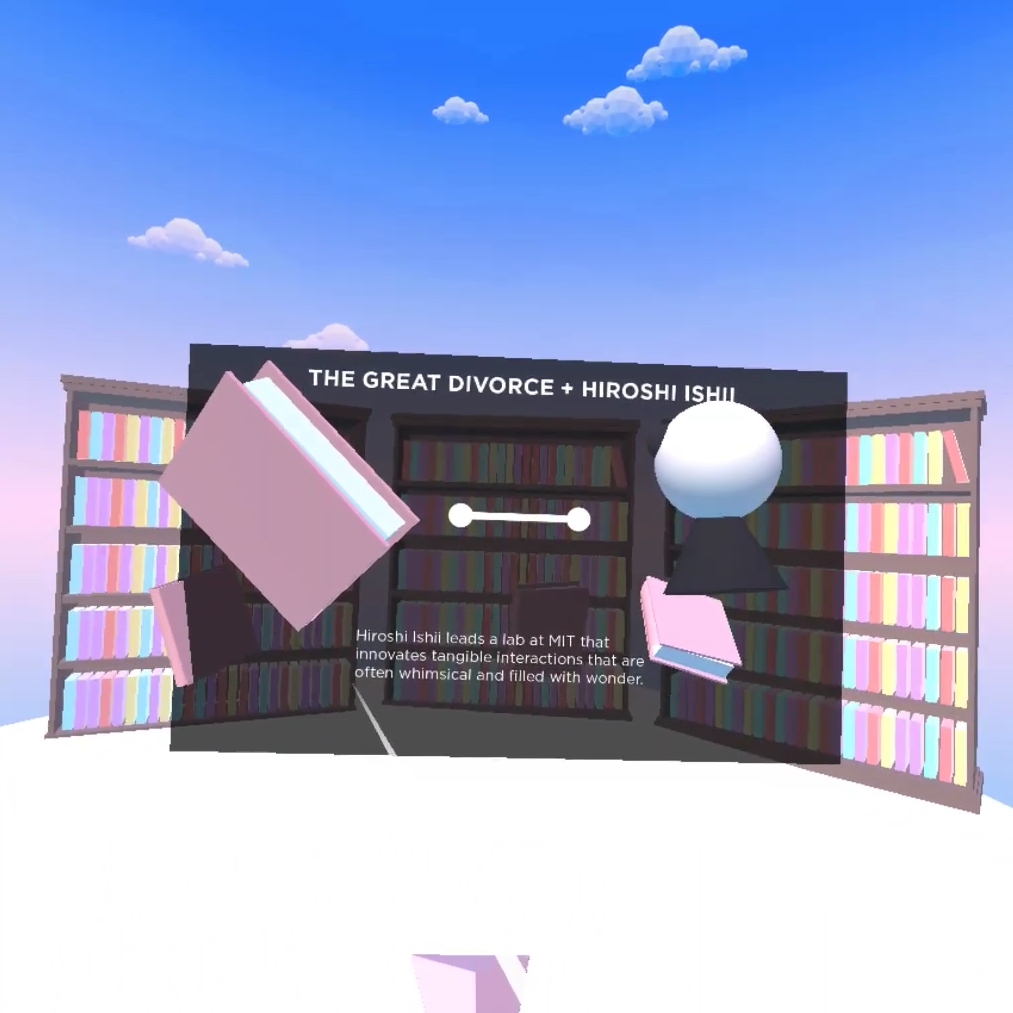
Interactions
The interactions were designed for intuitive navigation of the experience. Motion was used to denote relationships, and hover behaviors served as affordances that objects is interactible.Interactions designed as nuances for state changes.
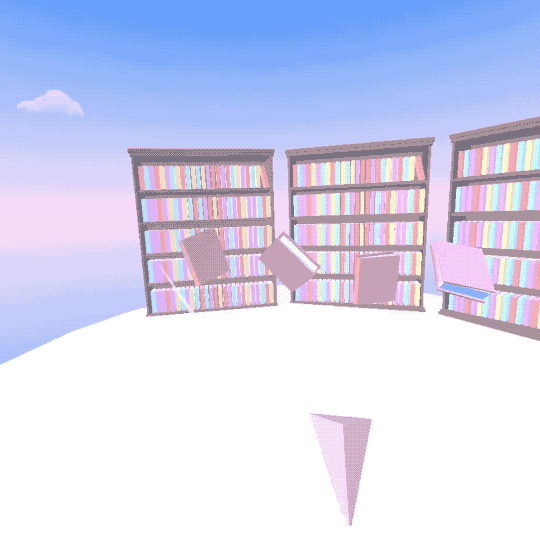

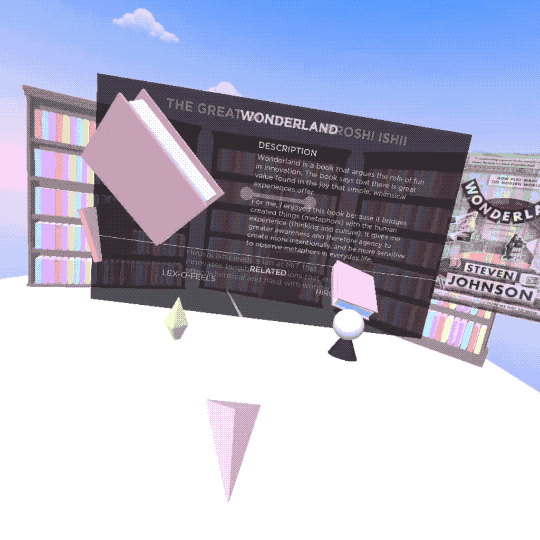
Iteration
I like to work through experiments before I implement in the main experience. Isolating certain behaviors gives me a clearer understanding of how the code works and a baseline to work with.
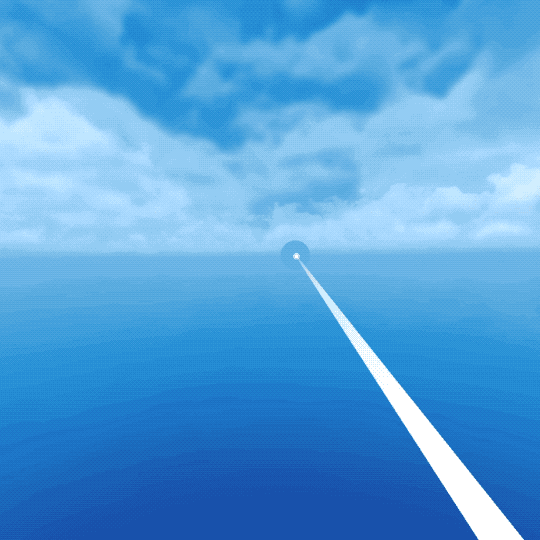
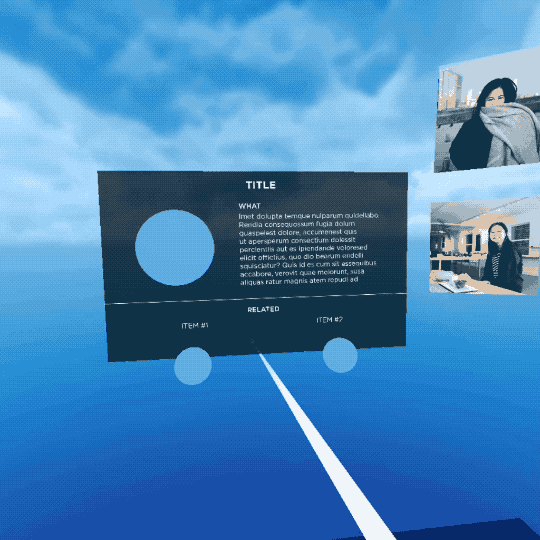
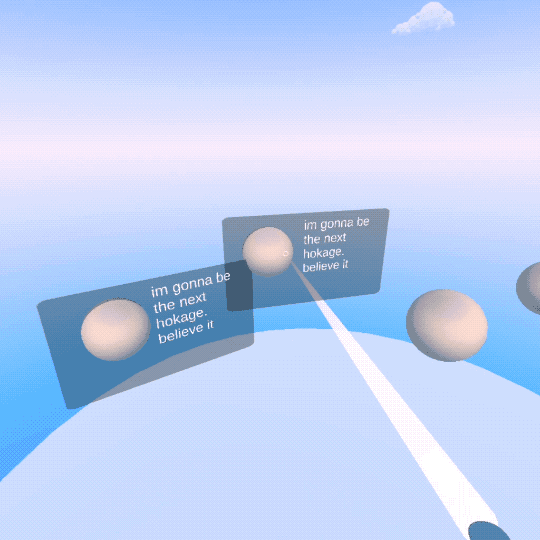
Final Thoughts
On a technical level, I became much more comfortable with the VR pipeline with Unity3D using the Oculus plugins. I learned how to use animations and scenes to make smoother user experiences, but I still have much to learn!I had hoped to have a much higher fidelity of a prototype, as I do believe my blocky and repetitive forms might deter the level of legitimacy of the presentation. However, people seemed to enjoy it, and I think the concept was communicated.
If you are interested, you can find a much more comprehensive writeup here.